Despite what might be inferred from the title, this post is neither a Star Wars inspired sci-fi story, nor does it have anything to do with the current COVID-19 virus pandemic. Yet the man I photographed recently is working to save the Earth from a great threat. French weekly news magazine Le Point asked me as photographer to make a portrait of Dr Patrice Michel, leading astrophysicist and expert on asteroids. Dr Michel’s job, to put it in a nutshell, is to keep an eye out for any asteroid on a collision course with Planet Earth – and to work out how to throw it off course, should that event arise. This definitely earns him the term ‘planet defender’, in my book.
Asteroids & space tools
France’s strict COVID-19 lockdown rules were still in place at the time of this photoshoot, and Nice observatory, where Dr Michel works, was closed. So, I suggested we meet just below it, at a spot which has a very similar view of Nice and the French Riviera coastline.
The few joggers out and about that morning looked with curiosity at the strange sight of a photographer setting up lights for a location portrait, mid-lockdown. Within 10 minutes of my arrival, two police officers showed up to check whether I had a valid authorisation (I did). A family even sat down to watch the entertainment, anticipating the arrival of a ‘star’ (several are known to live in this neighbourhood of Nice). Yet when Dr Michel showed up, they quickly moved on, apparently disappointed not to recognise him. Little did they know that this unassuming man, whose business card simply states ‘Director of Research at the CNRS‘ (French National Centre for Scientific Research), might one day play a more critical role in their lives than Elton John.
Asteroids are not a new discovery. However, I hadn’t known that humans had actually succeeded in landing vehicles on any – in fact the first sample was returned to Earth 10 years ago (from asteroid Itokawa). I was fascinated to learn too that asteroids vary a lot physically, not only in size and shape: the surfaces of some are like concrete; while others are like sand. Some asteroids are made of a substrate darker in colour and less reflective than anything in existence on Earth, which makes landing on them rather tricky, as even when light is shone, the landing surface can’t be seen. I was told that meteorites (little pieces of asteroids) carry water, which has very similar chemical possibilities to our sea water, as well as the building blocks of proteins, and so meteorite collision could have brought Planet Earth into being. Dr Michel explained, too, that the earliest iron tools discovered, long before humans had worked out how to smelt iron ore, must have come from space – from the iron in meteorites. I could feel my brain starting to overheat, as it had when listening avidly to the words of a quantum physicist I photographed near Marseille, or when I took a portrait of space artist Richard Clar before his moon mission. In any case, today, both photographer and scientist were so delighted to be out during lockdown, that with all the intense talking and listening, we almost forgot we had a portrait to make.
Not an exact science

Asteroid 162173 Ryugu. A spacecraft left to take samples there in 2018. It is still on the way home.
Dr Michel’s current project was recently given the green light and, after 15 years in preparation, is now drawing attention from the press. The mission: to fly to an asteroid and to shoot a projectile at it. If all goes to plan, we’ll know that the day we see an asteroid travelling straight towards Earth, we can throw it off course. Don’t hold your breath though: launch won’t be before next year and, because of the immense distances involved, the spacecraft will take a year to arrive at its unfortunate target. In this international collaboration, Americans are providing the firepower and Europeans the data analysis (no comment). Instead of aiming at the asteroid itself, a glancing blow should hit the space body orbiting it (equivalent to our moon)… just enough to disrupt its trajectory, but not destroy it.
Why not just blow it up? Because scientists simply don’t know what would happen if they did. All is not as smoothly controlled at the frontiers of space science as NASA and its official communications would have us believe. A crisis on landing to collect asteroid samples when the particles turned out to be much smaller than predicted and the gathering technique didn’t work; the asteroid that was too dark to see and so to land on: each little error in calculation can cost millions of dollars in a space project. Conspiracy theorists missed a trick, too, with the sighting of Oumuamua last year, Dr Michel mused. Officially claimed not to be a UFO, Oumuamua was the first object ever to have been observed in our solar system that came from elsewhere. As he explained, with a sparkle in his eye, no-one on Earth can be sure what it was – or wasn’t.
Stars: from St Tropez to Brian May
He might spend as much time travelling worldwide as he does at his home in Nice, but Dr Patrick Michel is pure ‘Made in the South of France‘. Born in St Tropez, his dad had high hopes that young Patrick would grow up to take over the family’s 5 star hotel business. But he had other stars on his mind. Today, Dr Michel has an asteroid named after him (7561, fortunately a long way from the planned explosion site), his wife’s wedding ring is decorated with a meteorite (“cheaper than a diamond“, Dr Michel quipped, self-effacingly) and he spends a lot of time with Brian May. The former rock guitarist and songwriter with Queen is also an astrophysicist (Boom! I bet you didn’t know that), and currently working closely with Dr Michel on an innovative stereo imaging project which enables asteroids to be seen in 3D. I imagine Dr Michel’s dad is probably pretty proud of his planet defender son these days, regardless of having had to find someone else to run his hotel.
Anyone interested in asteroids can get excited: it is Asteroid Day next month (Dr Brian May is a co-founder of the event and Dr Michel is a key team member). Visit their website for more…
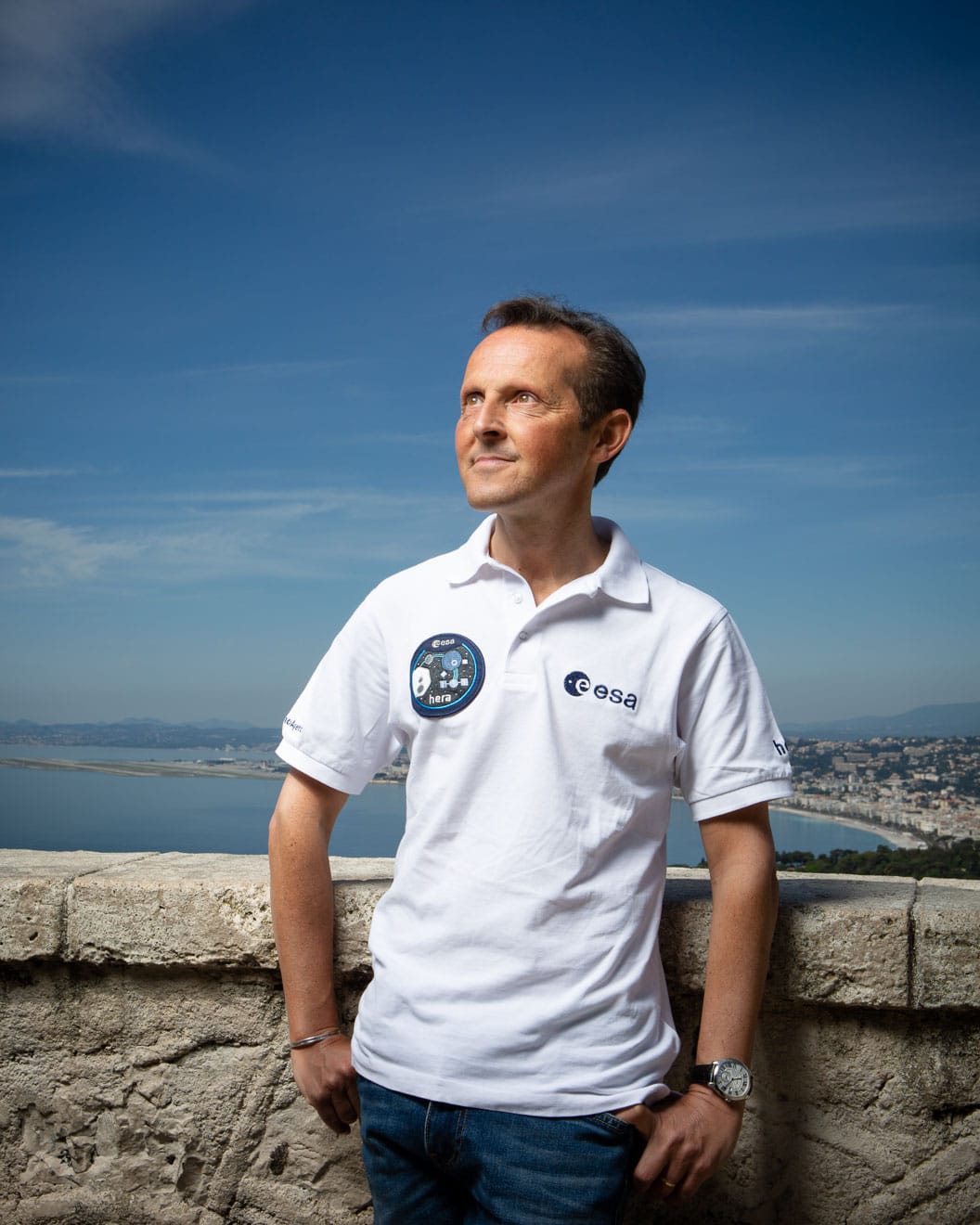
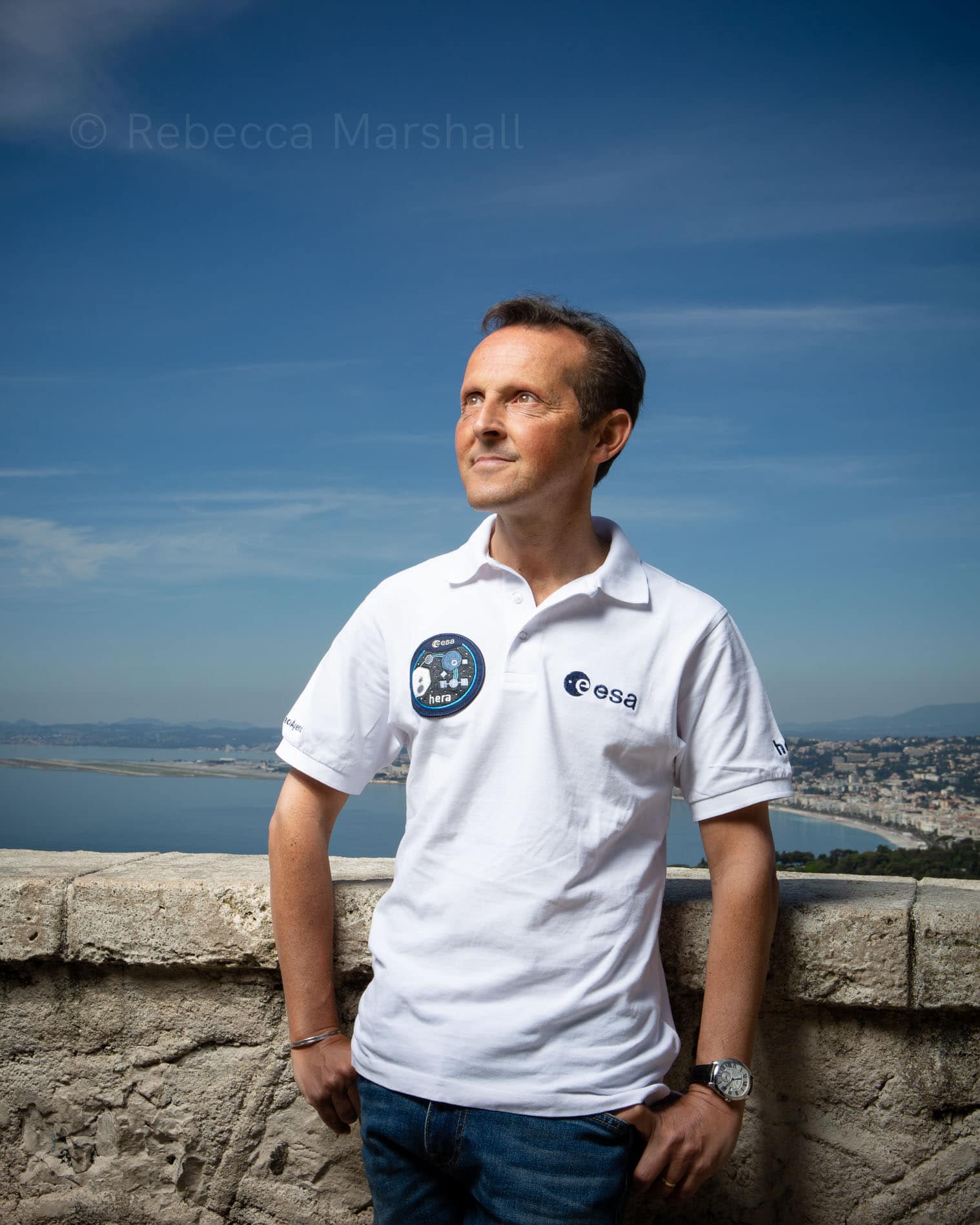
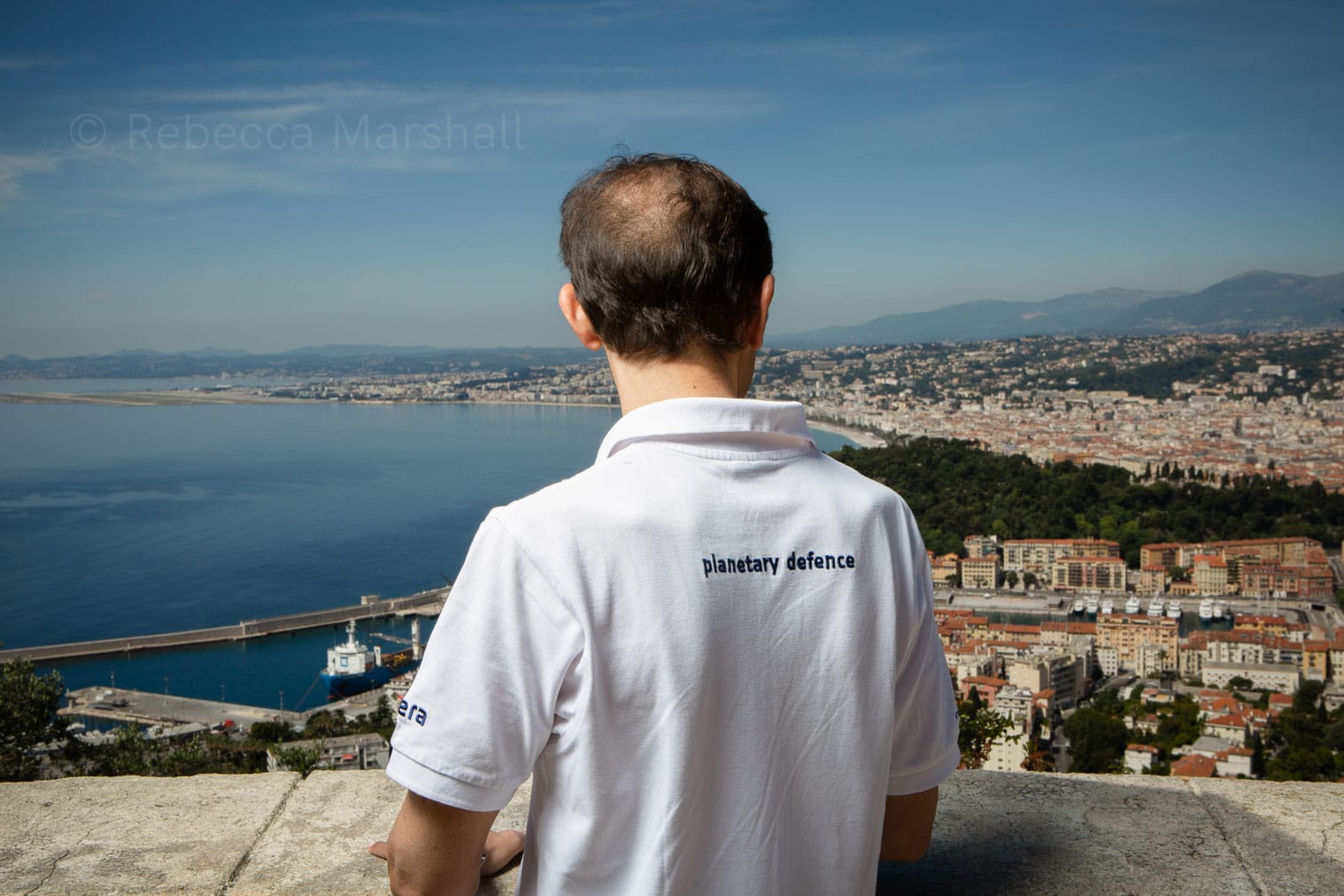
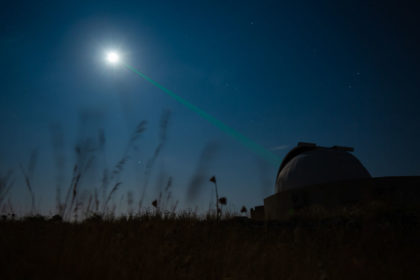
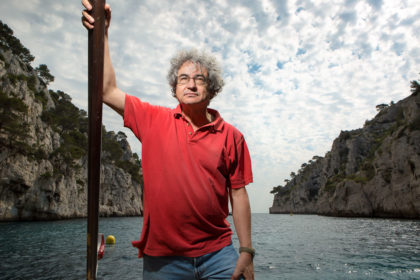
preslier
May 26, 2020 at 8:10 am
c’est super d’apprendre de belles choses.Merci Rebecca pour ce superbe documentaire.
Rebecca Marshall
May 26, 2020 at 9:36 am
Merci Michel ! Contente que tu l’as apprecie (et que le nouveau systeme Comments marche comme il faut) 😉
preslier
May 26, 2020 at 9:57 am
oui ok mais il met président à la place de mon nom!!j’étais président mais ça c’était avant….